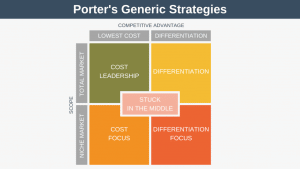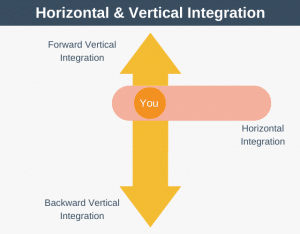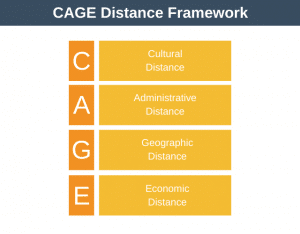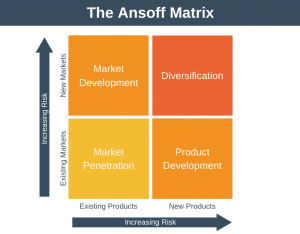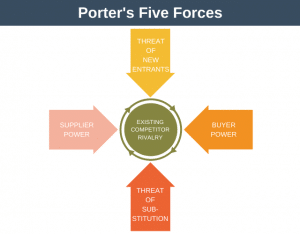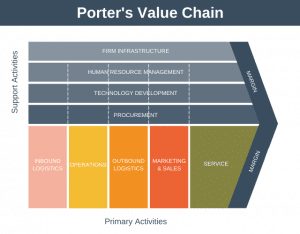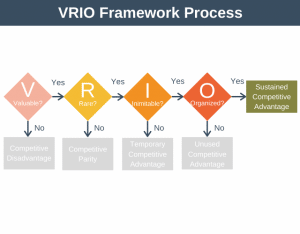The TOWS Matrix is a strategic analysis tool which can help you generate, compare, and then select one or more strategies to pursue.
Every day the world is changing. New competitors enter the marketplace, governments change their regulations, and new technologies disrupt established markets.
To remain competitive, organizations need to be proactive in updating their strategy, so they are one step ahead of the ever-changing competitive landscape.
Difference Between SWOT and TOWS
SWOT and TOWS are both acronyms for precisely the same words, just in a different order: Strengths, Weaknesses, Opportunities, and Threats. Although they are constructed using the same words, the tools are not the same. Your TOWS analysis will follow your SWOT analysis.
When developing your strategy, you will perform lots of research. You might investigate your competitors, look at industry trends, and speak to your customers. This analysis will generate lots of data. How do you make sense of all this information? Well, a SWOT analysis can be a great way to summarize all the information you’ve collected.
SWOT Analysis
A SWOT analysis is a widely used strategic tool enabling you to capture the strengths and weaknesses of your organization along with the opportunities and threats it faces.
A SWOT matrix is organized in a grid and summarizes your:
- Strengths: The strengths of your organization.
- Weaknesses: The weaknesses of your organization.
- Opportunities: What opportunities exist for the organization.
- Threats: The obstacles you face.
The purpose of this article is to explain TOWS analysis, but if you’d like to know more about how to perform a SWOT analysis, then we have an article describing it here.
TOWS Matrix
Once you’ve summarized all the information you’ve collected in your SWOT matrix, the next step is to generate strategic options and select one or more of them to pursue. This is where TOWS analysis comes in. The purpose of a TOWS matrix is to help you come up with strategic options based on your SWOT analysis. Your TOWS analysis will link your external factors to your internal factors.
The following diagram shows how SWOT and TOWS fix into the overall strategic process:
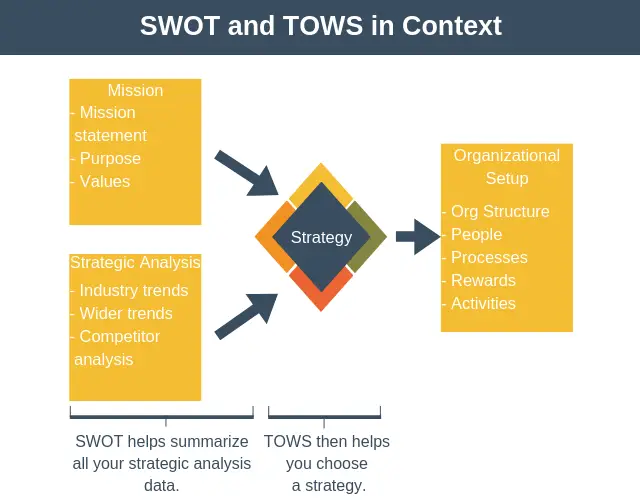
As you can see, the SWOT comes first and helps you to summarize your research. The TOWS follows, helping you to identify and select one or more strategy to pursue.
We mentioned that the TOWS is built from the SWOT. So how does that work? It works by taking each box from our SWOT and using them to form the TOWS as follows.
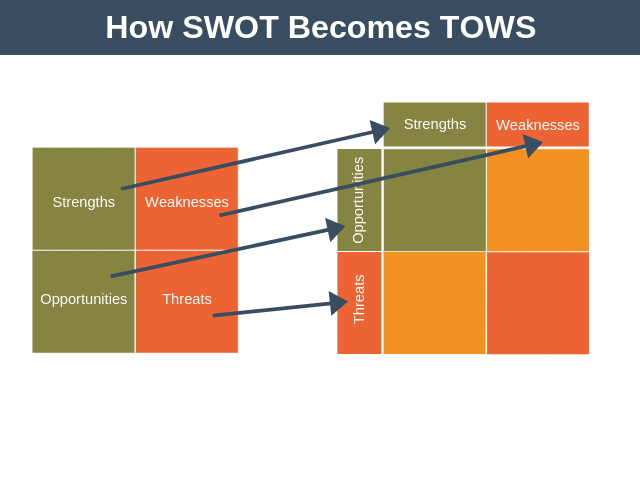
Note that you represent external factors on the vertical axis (opportunities and threats), and internal factors on the horizontal axis (strengths and weaknesses).
The color coding is used to show how desirable a particular strategy will likely be. Green will, in general, hold the most desirable and positive strategies. Red indicates strategies that are formed from only negative factors. Yellow indicates strategies formed from a combination of positive and negative elements.
The next step in developing our TOWS matrix is to label each strength, weakness, opportunity, and threat we identified in our SWOT analysis with a unique identifier.

As you can see, we have labeled all of the points we summarized in our SWOT. For example, our opportunities are marked “O1”, “O2”, “O3” etc.
Now in the TOWS, you cross-reference every factor in turn and see if it can make a sensible strategy for you. For example:
- In “S1O1,” you are looking to see if the first strength you identified (“S1”) can be used to capitalize on the first opportunity you identified (O1).
- In “W1O1,” you are looking to see if the first opportunity you identified (“O1”) can be used to mitigate or circumvent the first weakness you identified (“W1”).
A useful rule of thumb is to limit yourself to no more than five items in each box from your SWOT analysis. The reason for this is that the TOWS becomes very cumbersome with too many options for you to study effectively.
TOWS Matrix General Strategic Options
As you’ve probably worked out by now, there are four categories of strategy derived from a TOWS matrix.
1. Strengths and Opportunities (SO)
These are known as maxi-maxi strategies as they have the highest potential. Strategies of this nature look to use a strength to take advantage of an opportunity.
2. Weaknesses and Threats (WT)
These are known as mini-mini strategies as they have the least potential. They try to minimize your susceptibility to threats and weaknesses. Strategies of this nature look at how you can minimize weaknesses and avoid threats.
3. Strengths and Threats (ST)
These are known as maxi-mini strategies. Strategies of this nature look at how you can maximize a strength to minimize a threat.
4. Weaknesses and Opportunities (WO)
These are known as mini-maxi strategies. Strategies of this nature look at how you can use an opportunity to overcome a weakness.
How to Use the Model
To use the model, there are four steps:
- Conduct your SWOT analysis.
- Take the results from your SWOT analysis and construct a TOWS matrix.
- Analyze your strategic options within your TOWS matrix. Pick one or two promising strategies for each box.
- Rank your options by priority. Priority should be based on a combination of the potential benefit of the strategy and how easy it is to execute that strategy. So easy to implement strategies delivering significant benefits should be implemented first. To give yourself the best chance of success, try to select only two or three main priorities to pursue.
TOWS Matrix Example
To bring all of this together, let’s look at a simple example. In this example, we’re going to examine a fictional small company which develops websites. Our company is based in the US and employes 20 people.
First, the company generated the following SWOT analysis.
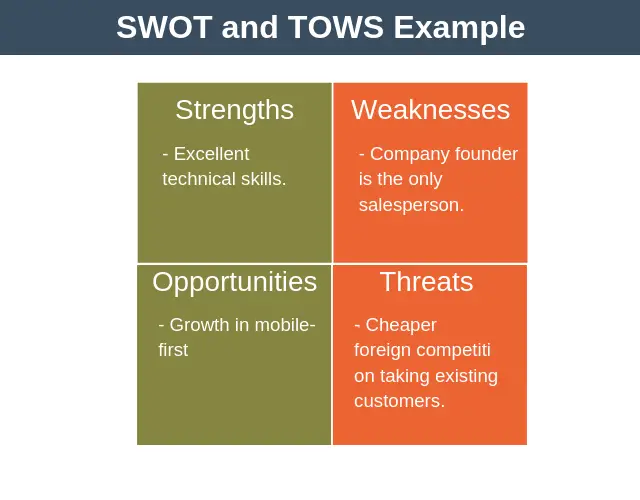
From this SWOT, the TOWS matrix for this fictional company might look something like this:
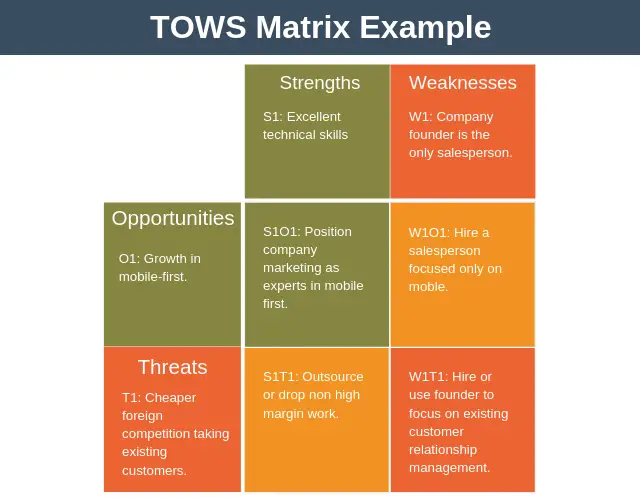
Let’s look at some of the potential strategies they have developed.
1. S1O1
This takes the strength of “Excellent technical skills” and looks at how it can be combined with the opportunity of “Growth of mobile first.”
The potential strategy generated is to consider positioning the company as experts in mobile-only development.
2. W1O1
This takes the weakness of “Company founder is the only salesperson” and looks at how it can be combined with the opportunity of “Growth in mobile first.”
The potential strategy generated is to consider hiring a salesperson focused only on mobile.
3. S1T1
This takes the threat of “Cheaper foreign competition taking existing customers” and looks at how it can be combined with the strength of “Excellent technical skills.”
The potential strategy generated is to consider outsourcing or rejecting low margin work.
4. W1T1
This takes the weakness of “Company founder is the only salesperson” and looks at how it can be combined with the threat of “Cheaper competition taking existing customers.”
The potential strategy generated is to consider hiring or using the founder to focus on customer relationship management for existing customers.
As you can see in this simple example, we’ve generated four potential strategies. The next step would be to rank these possible strategies against the companies overall objectives and goals. Once this is done, the company can select those strategies most likely to get it where it wants to go with the most significant return on investment.
Advantages and Disadvantages
The advantages of TOWS analysis include:
- It’s not just merely brainstorming some strategic ideas. It’s about actually linking internal factors to external factors to generate the best strategies for the organization.
- It can help you identify strategic options you may not have previously considered.
The disadvantages of TOWS analysis include:
- It can be cumbersome to use if you have too much information in your SWOT analysis.
- While the matrix takes you further towards selecting a strategy than a SWOT matrix, it doesn’t choose for you; you still need to decide upon which approach to pursue yourself.
- The quality of the strategic options you generate from your TOWS matrix will be dependent on the quality of the people you have in the room.
- It doesn’t help you create a strategic advantage.
TOWS Matrix Template
If you’d like to download a TOWS matrix template to analyze your strategic options, one is available to download as a PDF here.
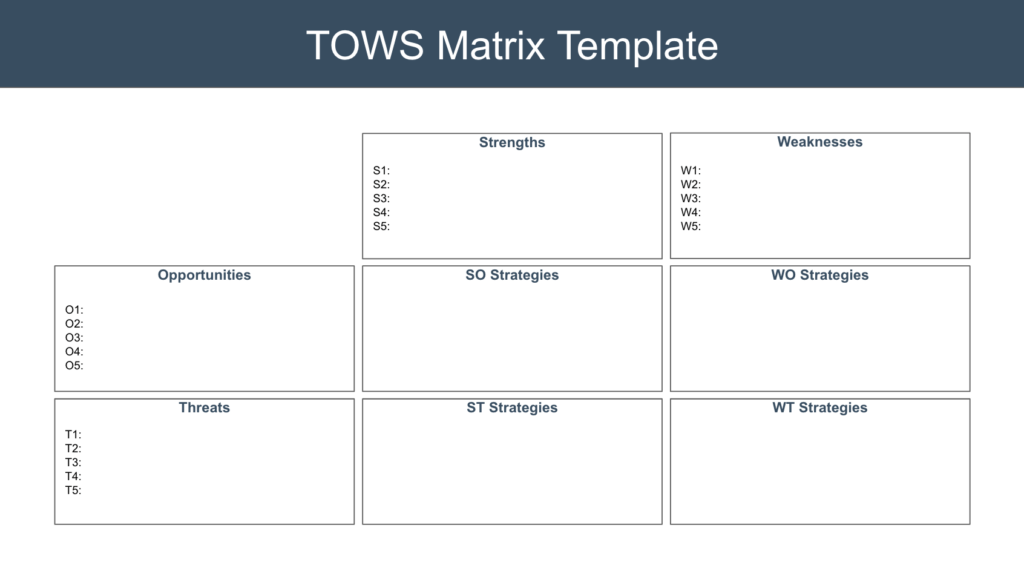
Summary
The TOWS matrix is a strategic analysis tool. It works by taking the output from your SWOT analysis as its input. The TOWS then combines all internal and external factors to generate a list of strategic options for you to consider pursuing.

